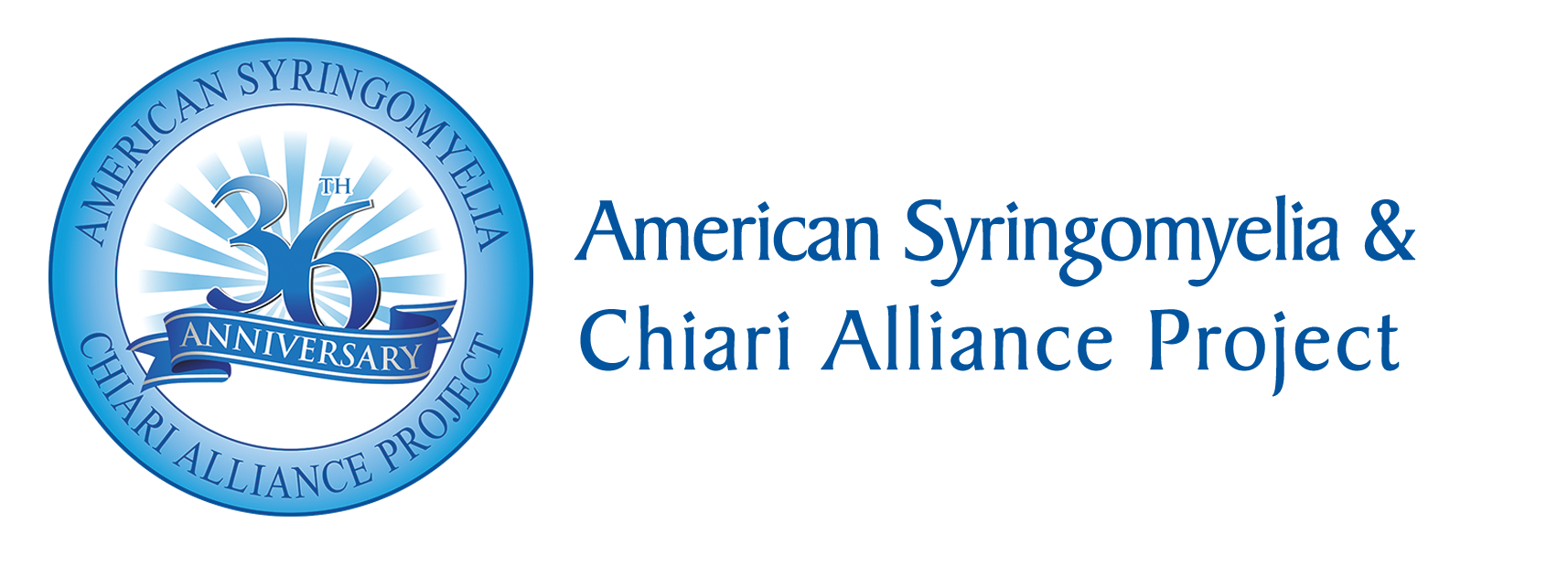
Do I need to see a neurosurgeon?
Yes. It is recommended that all persons diagnosed with Chiari malformation and/ or syringomyelia (syrinx) consult with a neurosurgeon.Wouldn’t a neurosurgeon automatically recommend an operation?
No. Not all patients will need a surgical procedure, but a neurosurgeon is well qualified to determine if you need one at this time.
Will I get worse if I don’t have surgery?
Not necessarily. The natural history (what happens if nothing is done) is not well understood. Some patients will progress, others will remain the same, and a few may improve with no intervention.
Will I need regular monitoring?
Yes. Whether you receive treatment or not, MRIs may be recommended in the future depending upon your individual situation. Always report any change in your condition to your physician. New or worsening symptoms might be a sign of progression.
Is surgery a cure?
No. Surgery is a treatment, but not a cure. Some symptoms are more likely to improve with surgical treatment than others. Talk to your doctor before surgery about what he/she anticipates will improve with treatment.
Are there treatments other than surgery?
Surgery is the only treatment for Chiari and syringomyelia, but many symptoms can be treated or controlled with medication or other therapies.
What if I don’t agree with the surgical opinion?
Seek a second opinion. Surgeons often sub-specialize. Some treat more brain tumors, vascular disorders, and some have a special interest in Chiari and/or syringomyelia. Look for a surgeon who has treated a large number of cases or who has a special interest in your particular diagnosis.
Are these conditions fatal?
Chiari malformation and syringomyelia are not typically considered fatal conditions. However, a Chiari malformation or a syrinx that extends into the brainstem (syringobulbia) can affect the breathing and swallowing centers. If these centers are severely affected, you can be at risk for serious complications.
Where can I get more information?
Click here to download the patient reference book
Become a Member
Join ASAP today and take advantage
of our resources that are available to you!
Membership is free.
Click here to JOIN

